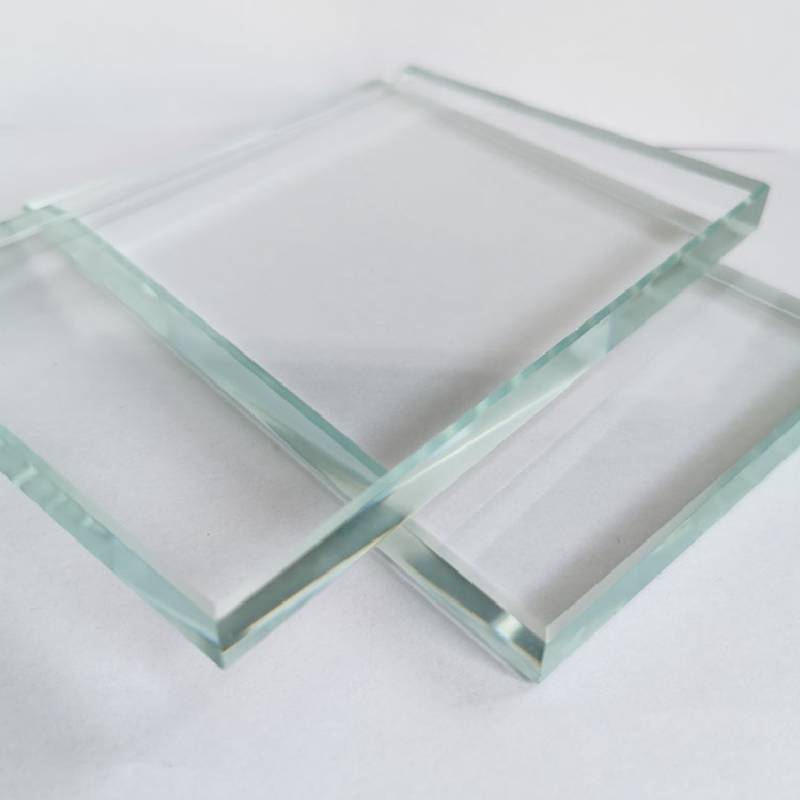Understanding Toughened Plain Glass Benefits and Applications
Toughened plain glass, also known as tempered glass, is a modern engineering marvel that has transformed various sectors, from architecture to automotive design. Unlike standard glass, toughened glass is treated through a special process that increases its strength and durability, making it an ideal choice for many applications.
The toughening process involves heating the glass to a high temperature and then rapidly cooling it. This procedure alters the internal structure of the glass, distributing stress across its surface and making it several times stronger than untreated glass. As a result, toughened plain glass can withstand greater impacts and thermal stresses, which is essential in environments that demand high safety standards.
One of the primary advantages of toughened glass is its safety feature. When broken, it shatters into small, blunt pieces rather than sharp shards, significantly reducing the risk of injury. This characteristic makes it an excellent choice for use in areas where safety is paramount, such as in homes with children, glass doors, shower enclosures, and building facades. In fact, many building codes require the use of toughened glass in specific applications to ensure safety and compliance.
Another notable benefit of toughened plain glass is its versatility. It can be manufactured in various sizes and shapes, catering to a wide range of aesthetic and functional requirements. Whether used in windows, balustrades, or skylights, toughened glass enhances the visual appeal of structures while providing essential structural integrity. Additionally, it is available in different finishes and can be coated for added energy efficiency or privacy, further broadening its application scope.
toughened plain glass
In the automotive industry, toughened glass is used for side and rear windows due to its strength and lightweight properties. Its ability to withstand significant impact makes it a safer option for vehicles. Moreover, its thermal resistance helps reduce the risk of thermal breakage during extreme temperature changes.
Toughened glass also boasts good thermal insulation properties. When combined with other materials, it can create energy-efficient solutions that contribute to lower heating and cooling costs for buildings. Architects and designers often choose toughened glass for its ability to allow natural light into a space while maintaining energy efficiency, creating environments that are both welcoming and sustainable.
In addition to residential and commercial applications, toughened plain glass has also found its way into display cases and furniture designs. Its strength allows for larger panels and innovative designs, giving rise to modern, minimalistic aesthetics that are both practical and visually appealing.
In conclusion, toughened plain glass is a remarkable material that offers numerous benefits over standard glass. Its enhanced strength and safety features, coupled with its versatility and aesthetic appeal, make it an indispensable choice across various industries. As technology continues to evolve, the applications for toughened glass are likely to expand, reinforcing its status as a crucial element in modern design and construction. Whether for safety, durability, or style, toughened glass remains a preferred material for both professionals and homeowners alike.
 Afrikaans
Afrikaans  Albanian
Albanian  Amharic
Amharic  Arabic
Arabic  Armenian
Armenian  Azerbaijani
Azerbaijani  Basque
Basque  Belarusian
Belarusian  Bengali
Bengali  Bosnian
Bosnian  Bulgarian
Bulgarian  Catalan
Catalan  Cebuano
Cebuano  Corsican
Corsican  Croatian
Croatian  Czech
Czech  Danish
Danish  Dutch
Dutch  English
English  Esperanto
Esperanto  Estonian
Estonian  Finnish
Finnish  French
French  Frisian
Frisian  Galician
Galician  Georgian
Georgian  German
German  Greek
Greek  Gujarati
Gujarati  Haitian Creole
Haitian Creole  hausa
hausa  hawaiian
hawaiian  Hebrew
Hebrew  Hindi
Hindi  Miao
Miao  Hungarian
Hungarian  Icelandic
Icelandic  igbo
igbo  Indonesian
Indonesian  irish
irish  Italian
Italian  Japanese
Japanese  Javanese
Javanese  Kannada
Kannada  kazakh
kazakh  Khmer
Khmer  Rwandese
Rwandese  Korean
Korean  Kurdish
Kurdish  Kyrgyz
Kyrgyz  Lao
Lao  Latin
Latin  Latvian
Latvian  Lithuanian
Lithuanian  Luxembourgish
Luxembourgish  Macedonian
Macedonian  Malgashi
Malgashi  Malay
Malay  Malayalam
Malayalam  Maltese
Maltese  Maori
Maori  Marathi
Marathi  Mongolian
Mongolian  Myanmar
Myanmar  Nepali
Nepali  Norwegian
Norwegian  Norwegian
Norwegian  Occitan
Occitan  Pashto
Pashto  Persian
Persian  Polish
Polish  Portuguese
Portuguese  Punjabi
Punjabi  Romanian
Romanian  Russian
Russian  Samoan
Samoan  Scottish Gaelic
Scottish Gaelic  Serbian
Serbian  Sesotho
Sesotho  Shona
Shona  Sindhi
Sindhi  Sinhala
Sinhala  Slovak
Slovak  Slovenian
Slovenian  Somali
Somali  Spanish
Spanish  Sundanese
Sundanese  Swahili
Swahili  Swedish
Swedish  Tagalog
Tagalog  Tajik
Tajik  Tamil
Tamil  Tatar
Tatar  Telugu
Telugu  Thai
Thai  Turkish
Turkish  Turkmen
Turkmen  Ukrainian
Ukrainian  Urdu
Urdu  Uighur
Uighur  Uzbek
Uzbek  Vietnamese
Vietnamese  Welsh
Welsh  Bantu
Bantu  Yiddish
Yiddish  Yoruba
Yoruba  Zulu
Zulu 

